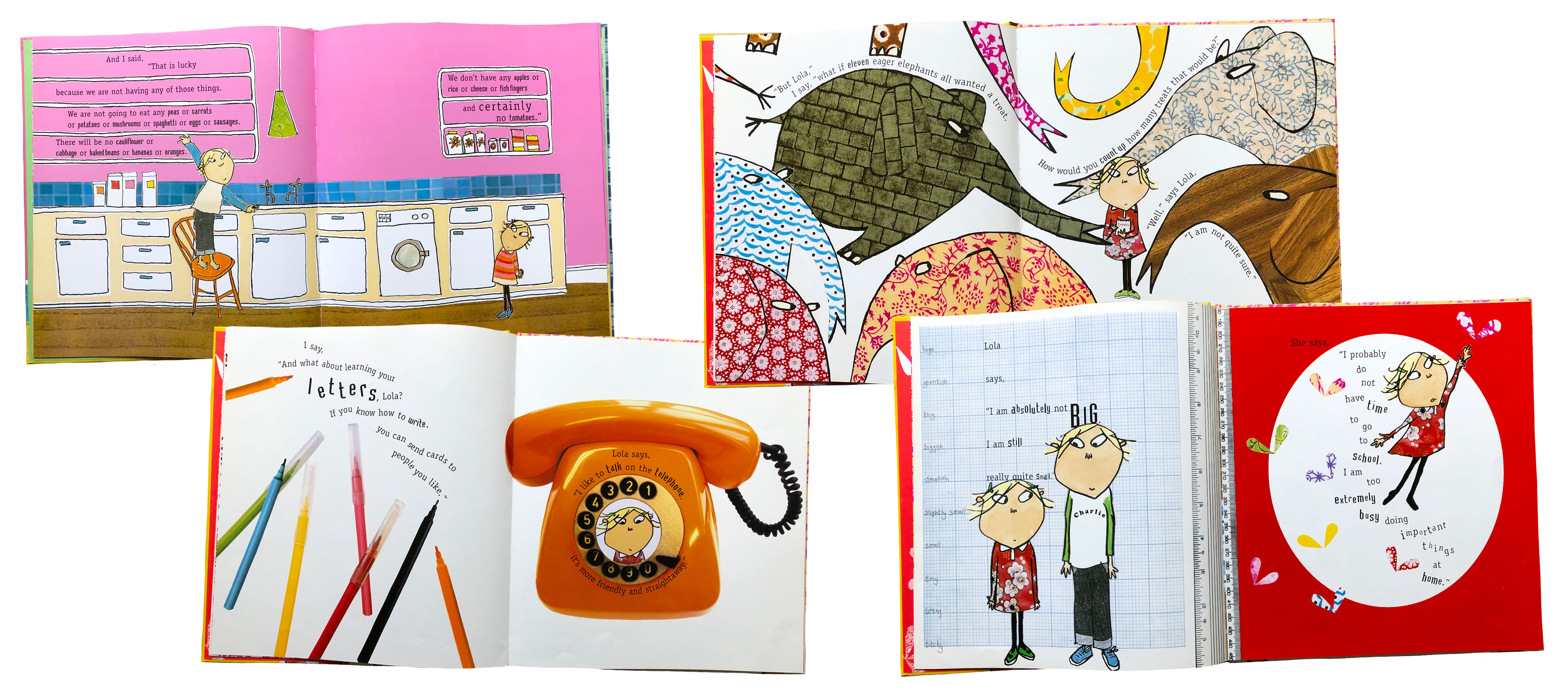Weekly Update
The past few weeks have been busy, researching artists and editorial design as well as media testing for the Little White Lies cover portrait and spot illustrations. I've enjoyed playing with digital layouts and having time to learn more about Illustrator, getting more comfortable with the shortcuts to switch between Illustrator and Photoshop. First I wanted to show some of the Ink illustrations I did based on scenes I thought were interesting while watching The Grand Budapest Hotel. These are in a more illustrative style using indigo ink. I love the simplistic approach to shape and mark-making, especially in the observatory using varying brush strokes and ink densities to indicate shadow, with the white space being left for highlights. Producing these earlier in the project has allowed me to get a better understanding of the approach I wanted to take for the spot illustrations as I love the fluidity of ink and feel it works well for the themes I want to convey.
Since producing mood boards, mind maps and initial ink sketches, I went on to experiment with different mediums to create a portrait of Zero for my magazine cover. Some of these included coloured pencils, inks and neopastels which all produced different textures and atmospheres as seen below. Since I liked the surrealist approach of illustrator Luis Mazon in the 'Call Me By Your Name' Little White Lies issue, I wanted to try out this technique.
 |
| First attempt, using three coloured pastels |
 |
| Inspired by Luis Mazon's cover design for Little White Lies, Surrealist approach |
I don't usually do portraiture so at first it the idea of producing a recognisable portrait was daunting, however, with practice, I got the hang of it and learnt to approach each section separately, working from the darkest areas to the lightest. I chose to use three colours for the highlights, mid-tones and shadows as the idea of producing something photorealistic didn't appeal to me and it wouldn't represent the more abstractive styles used in Little White Lies covers. I felt the portrait would have more personality if it used colours representative of the film and character. For example, Zero wears a purple lobby boy outfit and the film has recurring blue and pink imagery, with the hotel, Mendl's boxes and van being ink I thought this colour palette would connote the film well.
Above are the final ink portraits I made using the Daler and Rowney inks in colours indigo, violet, ultramarine, yellow ochre, magenta and purple. I didn't have a clear plan of how I wanted it to turn out which I think worked in my favour as I didn't put any pressure on the outcome. I started with the darkest colours straight out of the pot then began adding water to create different opacities, helping to link the colours together.
By using a flat-tipped brush, I was able to create blocks of colour similar to a surrealist painting. I liked how simple this process was and by interlocking the strokes, it built up the portrait quite quickly. The white space helps to break up the colour, with the light source coming from the left, I spread out the strokes and used the yellow as a highlight.
I chose ink over pastel as it created the crisp, clear effect I wanted but still had a looseness and fluidity that could be manipulated further in the interior spot illustrations. The pastel was too rough and hard to use on a small scale to include the detail and since The Brand Budapest is full of props and details, I wanted to reflect this in my illustrations. I scanned the portrait in at 600dpi to make sure it was as clear as the original. Next, I began compiling all the elements in Photoshop to see how the placement would work with the Little White Lies logo. In addition, I made some ink textures and brush strokes to use for the background. The boxes are representative of the Mendl's boxes (key iconography in the film) so I thought it would be a fun idea to have them in the background to look like they're falling. It was fun experimenting with gradient maps and effects on Photoshop like the multiply tool to layer the elements over each other, achieving a darker colour and making the composition coherent.







Comments
Post a Comment